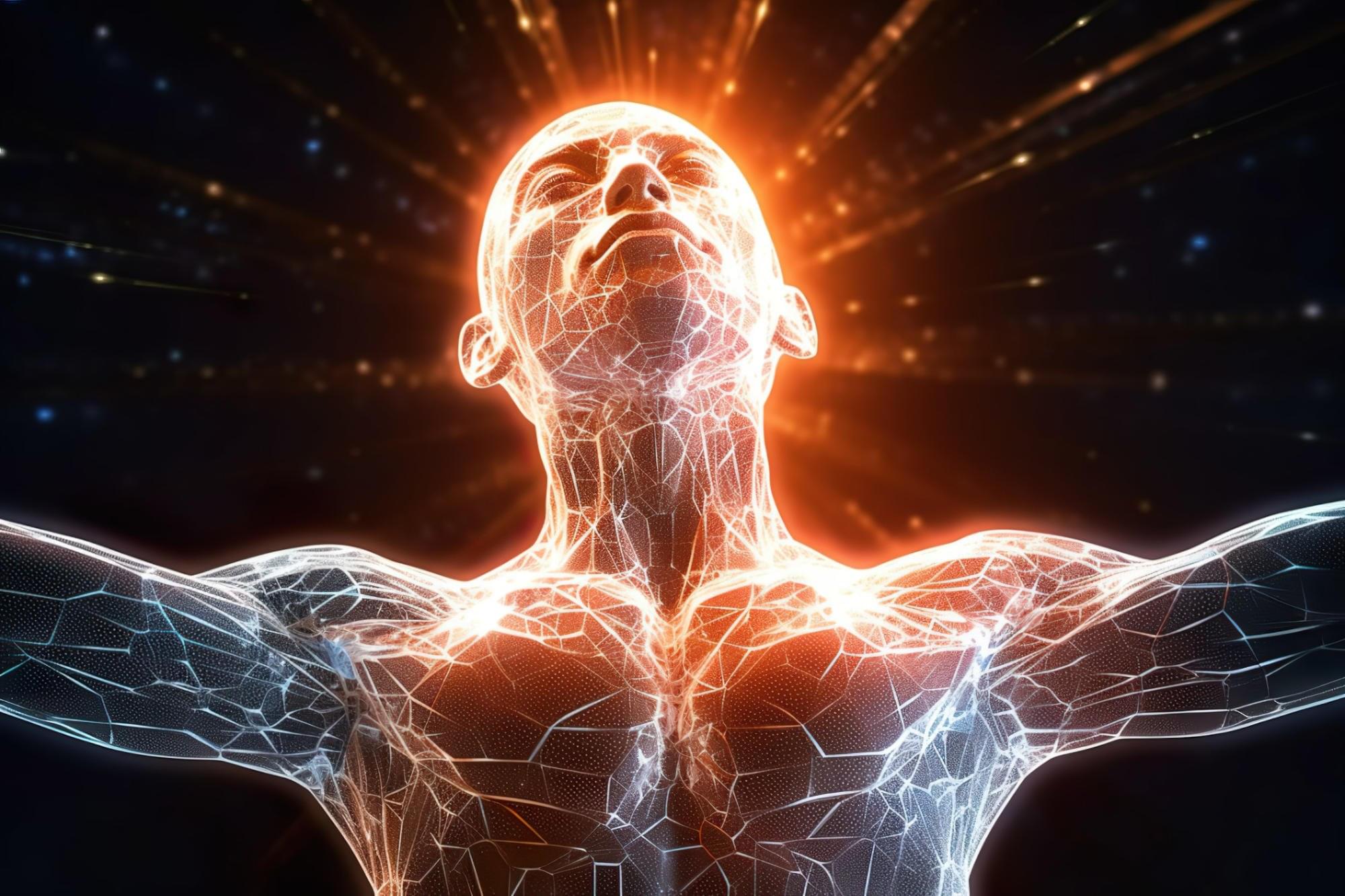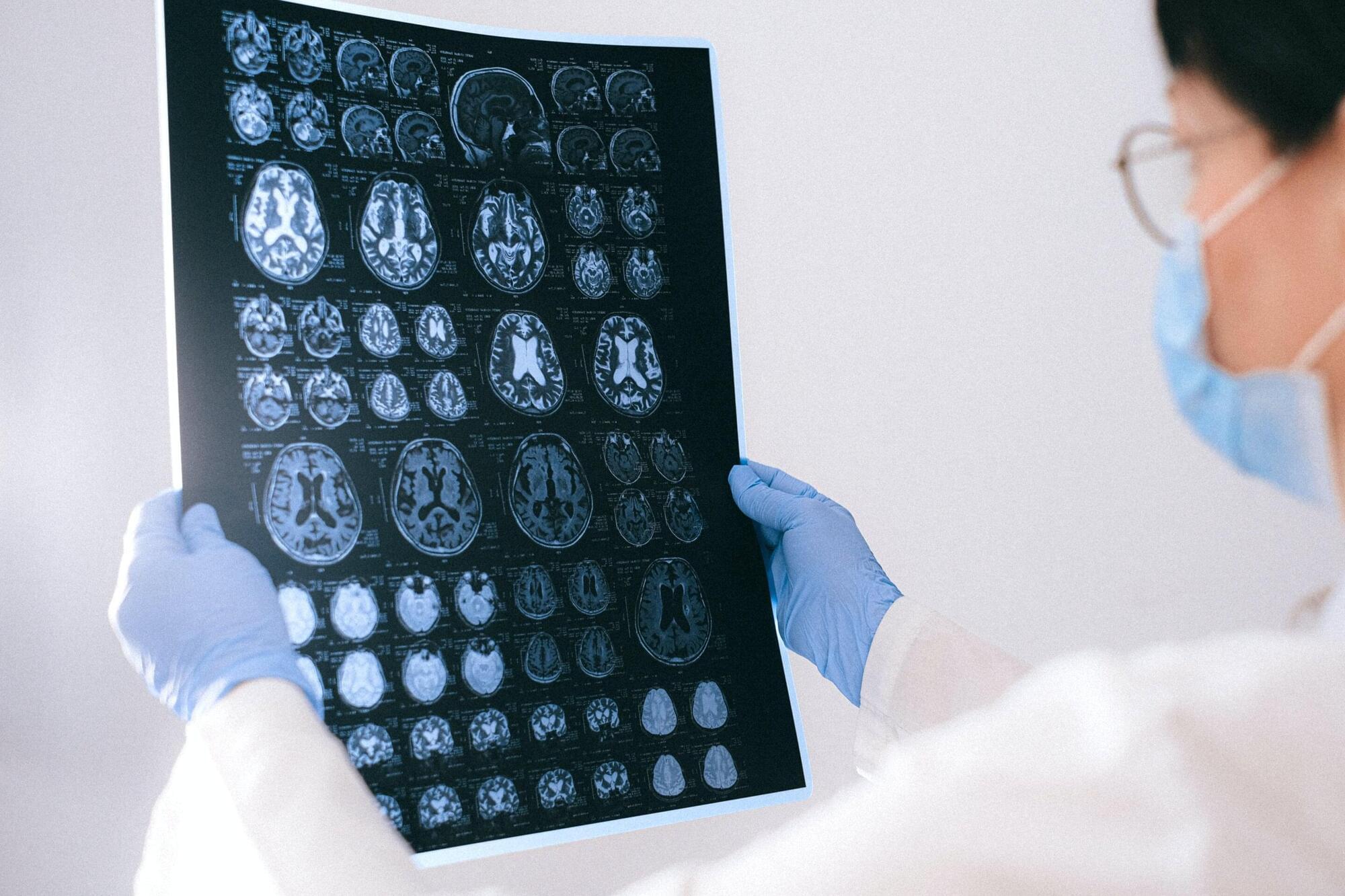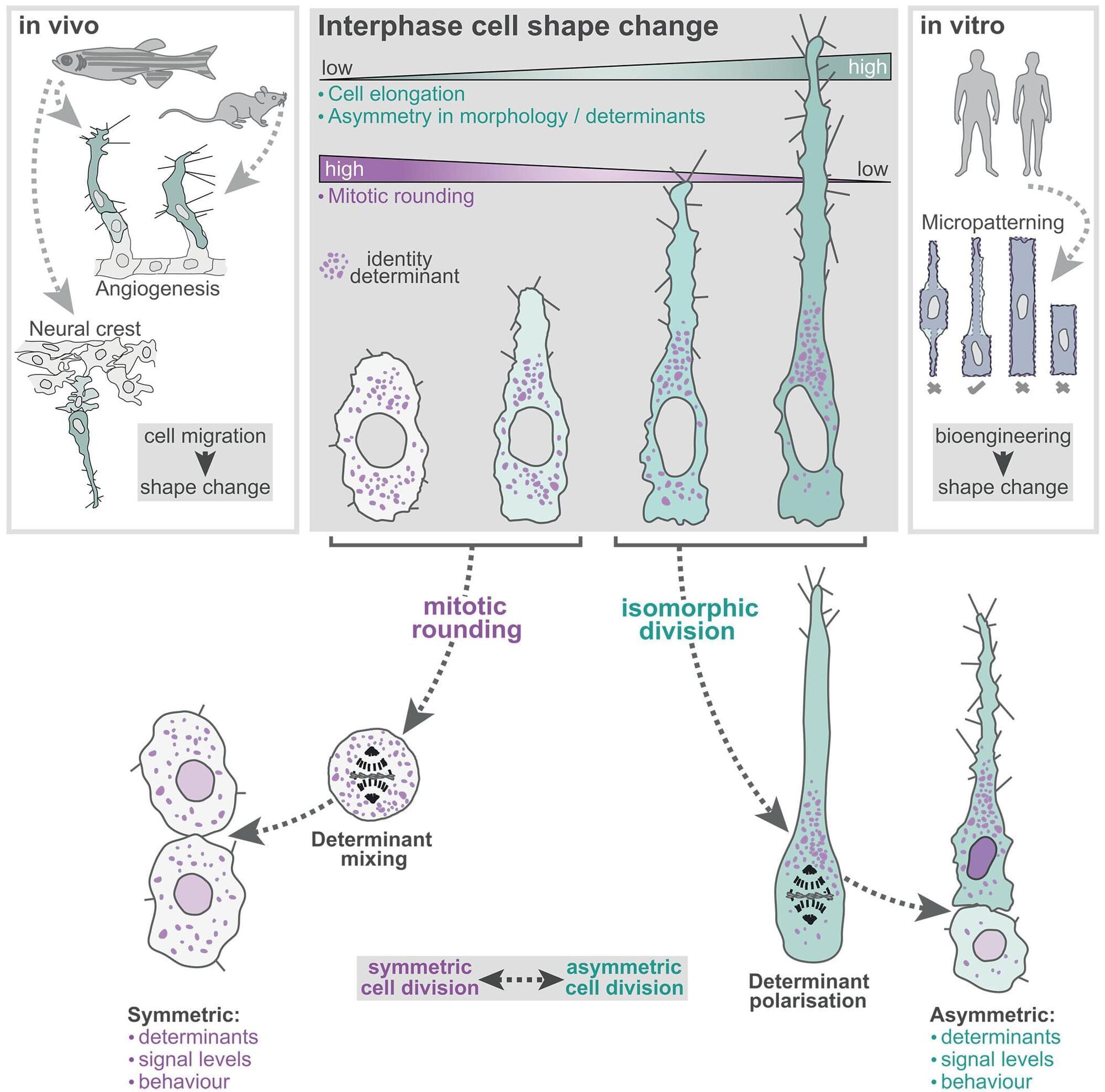A nice brief paper comparing plasmid multimer formation in different strains of bacteria and identifying conditions under which such multimer formation occurs minimally. #biotech #synbio


The quantum black hole with (almost) no equations by Professor Gerard ‘t Hooft.
How to reconcile Einstein’s theory of General Relativity with Quantum Mechanics is a notorious problem. Special relativity, on the other hand, was united completely with quantum mechanics when the Standard Model, including Higgs mechanism, was formulated as a relativistic quantum field theory.
Since Stephen Hawking shed new light on quantum mechanical effects in black holes, it was hoped that black holes may be used to obtain a more complete picture of Nature’s laws in that domain, but he arrived at claims that are difficult to use in this respect. Was he right? What happens with information sent into a black hole?
The discussion is not over; in this lecture it is shown that a mild conical singularity at the black hole horizon may be inevitable, while it doubles the temperature of quantum radiation emitted by a black hole, we illustrate the situation with only few equations.
About the Higgs Lecture.
The Faculty of Natural, Mathematical & Engineering Sciences is delighted to present the Annual Higgs Lecture. The inaugural Annual Higgs Lecture was delivered in December 2012 by its name bearer, Professor Peter Higgs, who returned to King’s after graduating in 1950 with a first-class honours degree in Physics, and who famously predicted the Higgs Boson particle.
Check out the free AMD loaner offer. Test the Ryzen PRO laptops yourself and experience the benefits they can bring to your business:
https://tinyurl.com/4zwaxnfm.
Timestamps:
00:00 — New Semiconductor.
05:53 — New Chip.
11:09 — Breakthrough Results.
16:28 — Major Fabs looking into it.
Let’s connect on LinkedIn ➜ / anastasiintech.
#AMD #RYZENPRO



Over the past several decades, human lifespan has steadily increased. However, this progress has also led to a growing proportion of the population suffering from age-related diseases such as cancer, neurodegenerative disorders, and diabetes. Extending both lifespan and healthspan, the period of life spent in good health, requires a deeper understanding of the biological mechanisms that promote healthy aging.
In the natural world, mammalian lifespans vary enormously, ranging from just 1 to 2 years in some rodents to more than a century in species.
A species is a group of living organisms that share a set of common characteristics and are able to breed and produce fertile offspring. The concept of a species is important in biology as it is used to classify and organize the diversity of life. There are different ways to define a species, but the most widely accepted one is the biological species concept, which defines a species as a group of organisms that can interbreed and produce viable offspring in nature. This definition is widely used in evolutionary biology and ecology to identify and classify living organisms.

In a critical fusion breakthrough, scientists from the international ITER nuclear fusion energy project have announced the completion of the sixth and final component of the reactor’s central solenoid, a magnet powerful enough to levitate an aircraft carrier.
Described as a “landmark achievement” by the 30-country ITER collaboration, the pulsed superconducting electromagnet and other completed components will be assembled at the group’s designated site in southern France.
“By integrating all the systems needed for fusion at industrial scale, ITER is serving as a massive, complex research laboratory for its 30-plus member countries, providing the knowledge and data needed to optimize commercial fusion power,” the group explained in a statement announcing the achievement.

Scientists have made a groundbreaking leap in detecting dark energy by developing a magnetically levitated precision force system.
Their experiments vastly surpassed previous methods, reaching a new level of precision that opens up unexplored realms of dark energy research. The work was so impactful it earned a featured highlight in Nature Astronomy.
Breakthrough in Dark Energy Detection.

In a study published Wednesday in the Proceedings of the National Academy of Sciences, University of Oklahoma researchers detail their discoveries about why the brain tumor glioblastoma is so aggressive. Their findings center on ZIP4, a protein that transports zinc throughout the body and sets off a cascade of events that drive tumor growth.
About half of all malignant brain tumors are glioblastomas, the deadliest form of brain cancer with a median survival rate of 14 months.
“Surgery for glioblastoma is very challenging, and patients almost always experience a relapse,” said the study’s senior author, Min Li, Ph.D., a professor of medicine, surgery and cell biology at the University of Oklahoma College of Medicine. “By better understanding why these brain tumors are so aggressive, we hope to open up paths for new treatments.”

Scientists from The University of Manchester have changed our understanding of how cells in living organisms divide, which could revise what students are taught at school. In a study published today in Science, the researchers challenge conventional wisdom taught in schools for over 100 years.
Students are currently taught that during cell division, a parent cell will become spherical before splitting into two daughter cells of equal size and shape. However, the study reveals that cell rounding is not a universal feature of cell division and is not how it often works in the body.
Dividing cells, the researchers show, often don’t round up into sphere-like shapes. This lack of rounding breaks the symmetry of division to generate two daughter cells that differ from each other in both size and function, known as asymmetric division.